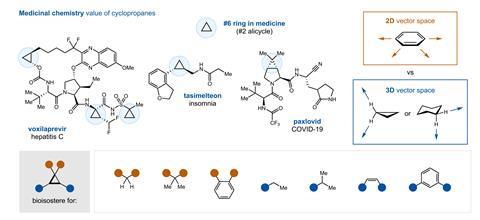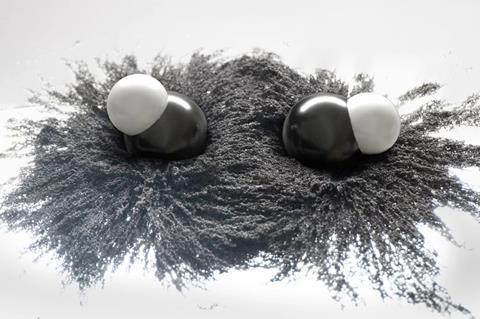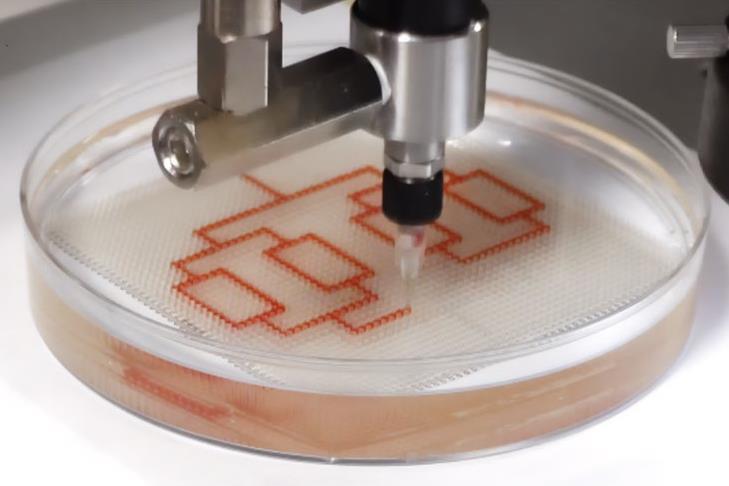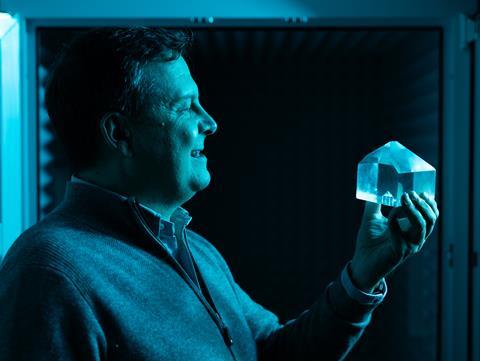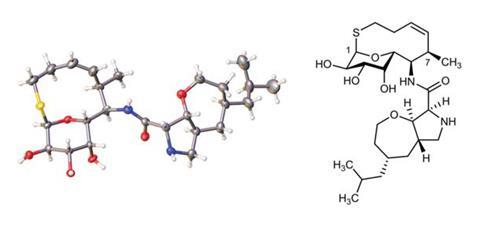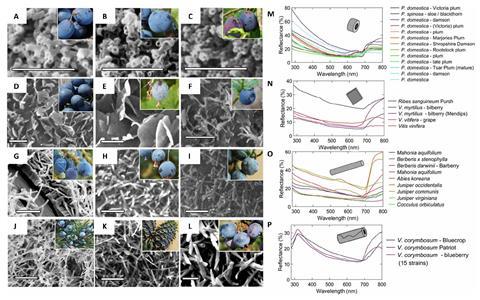A new synthetic strategy uses a simple salt – iron chloride – to catalyse the creation of carbenes from commercial aldehydes. The carbenes quickly react with different alkenes to yield a selection of cyclopropanes ‘with a remarkable structural diversity’, according to Marc Montesinos Magraner, an expert in synthetic chemistry at the University of Valencia, Spain, […]
Read More